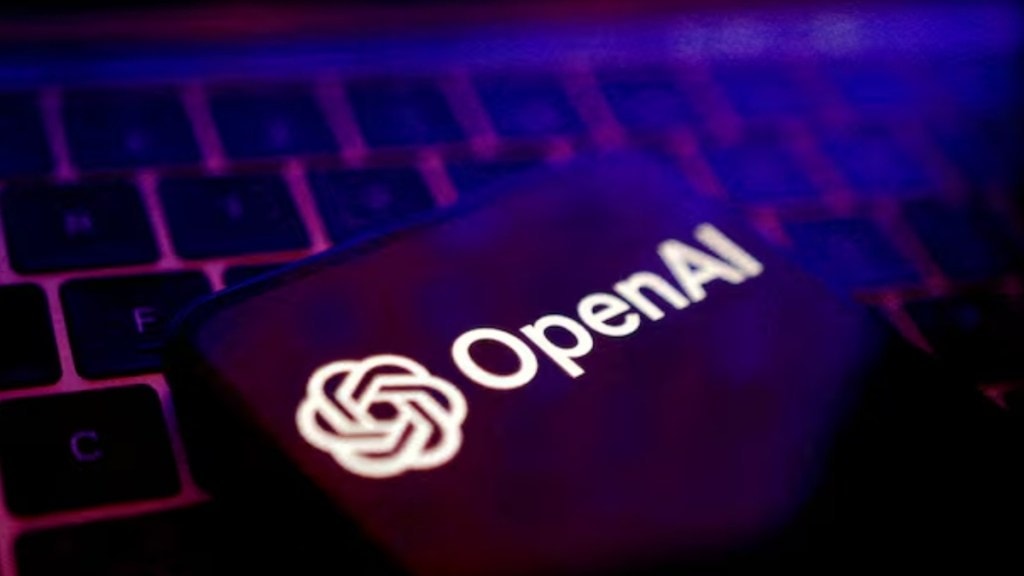OpenAI is expected to post a mega $74 billion loss in 2028, the same year its competitor Anthropic is expected to achieve profitability. According to a new report from The Wall Street Journal that cites internal company documents, the maker of ChatGPT is expected to lose millions of dollars as a result of its recent expansion projects, all of which could affect the company’s future prospects.
The revelations come from a Wall Street Journal investigation that dives into confidential OpenAI projections. The creator of ChatGPT and viral tools like the Sora video generation model, has committed more than $1.4 trillion over the next eight years to building out data center infrastructure and securing chips crucial for training and deploying advanced AI models. Internal estimates suggest that the company could turn a profit by 2030, but not before burning through cash at an unprecedented rate.
OpenAI projected to lose $74 billion by 2028
“OpenAI has committed more than $1.4 trillion to building out its data center infrastructure in the next 8 years,” the WSJ report notes. In 2028 alone, losses are forecasted to hit $74 billion, dwarfing those of peers. On the road to profitability, OpenAI is expected to spend about 14 times as much money as Anthropic, which will be primarily driven by operational expenses that include the Sora 2 model’s appetite, costing roughly $15 million per day, or $5 billion annually, according to a Forbes analysis.
OpenAI boasts over 1 million enterprise subscribers and more than 7 million seats for its ChatGPT for Work platform, relying on low-margin consumer tools to build an ecosystem that could later yield higher returns. The recent freebie offer for the Indian market is also expected to eat into the funds of the company in its crucial stages. For those in the unknown, OpenAI is giving away a free subscription to ChatGPT Go for a whole year in India.
“It’s also straight-up burning cash with the strategy of just getting people hooked on its ecosystem in the hopes that they can eventually be monetized,” the Gizmodo analysis observes. To mitigate the many risks, OpenAI is even lobbying the US government for financial guarantees on its infrastructure spending, a move that could protect it from market volatility.
Rival Anthropic’s smarter approach gives it a steady future income
In contrast, Anthropic, an OpenAI rival valued at nearly $200 billion after recent fundraising, seems to be poised for a more measured ascent. Known for its Claude AI models, he company is projected to break even in 2028. Over 80% of its income comes from more than 300,000 corporate subscribers, prioritising high-margin enterprise deals over broad consumer adoption. This focus on reliability and safety has allowed Anthropic to evade the hype-fueled spending sprees that ist rivals indulge in, not chasing viral breakthroughs.








